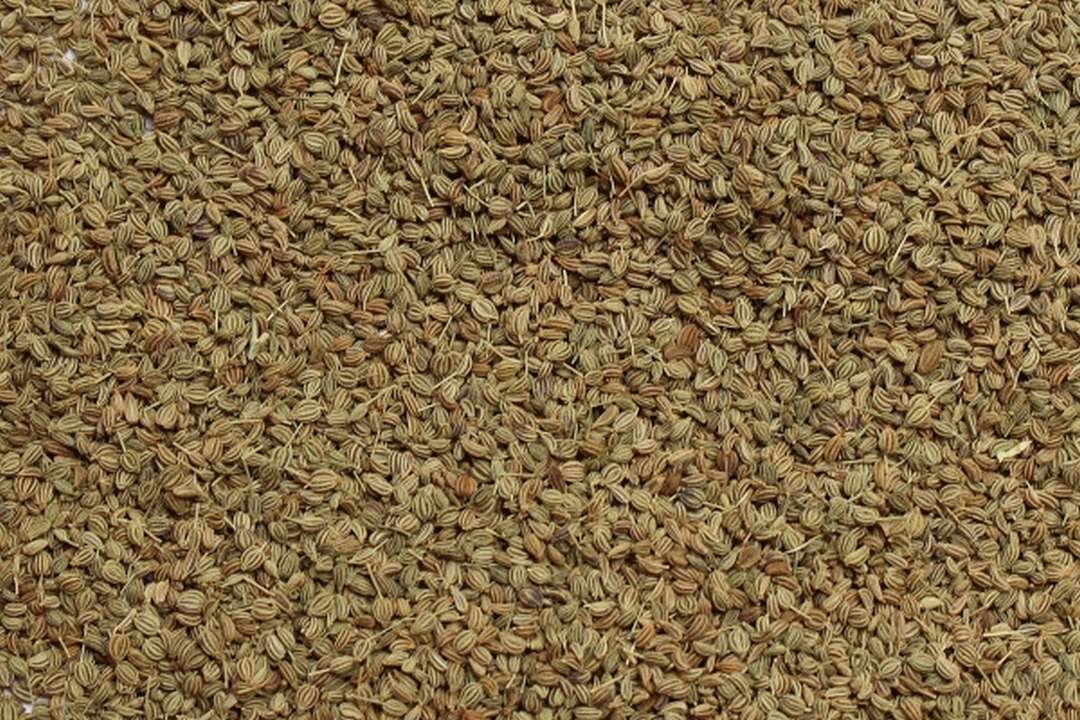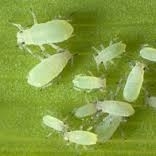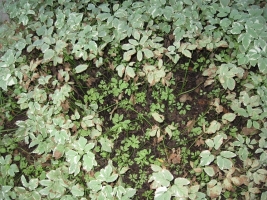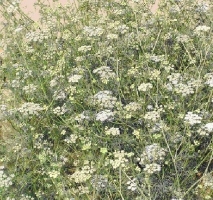General Information
Ajwain also called bishops weed or carom seed is popular spice grown worldwide. In India, it is used in preparing various dishes of pulse, vegetables and pickles etc. Also it is added in the rotis, parathas, biscuits etc. Along with spice purpose, it also possesses medicinal property. Ajwain contains thymol content which is having antiseptic and bactericidal properties. It helps to speed up digestion process, maintain good heart health. Roasted ajwain is helpful in treating migraine. Along with domestic use, ajwain has great export potential.
In India, Gujarat and Rajasthan are major ajwain growing states. Rajasthan produces about 90% of Indias total production. Other states like Madhya Pradesh, Andhra Pradesh, Maharashtra, Uttar Pradesh, Bihar and West Bengal also grow ajwain.











